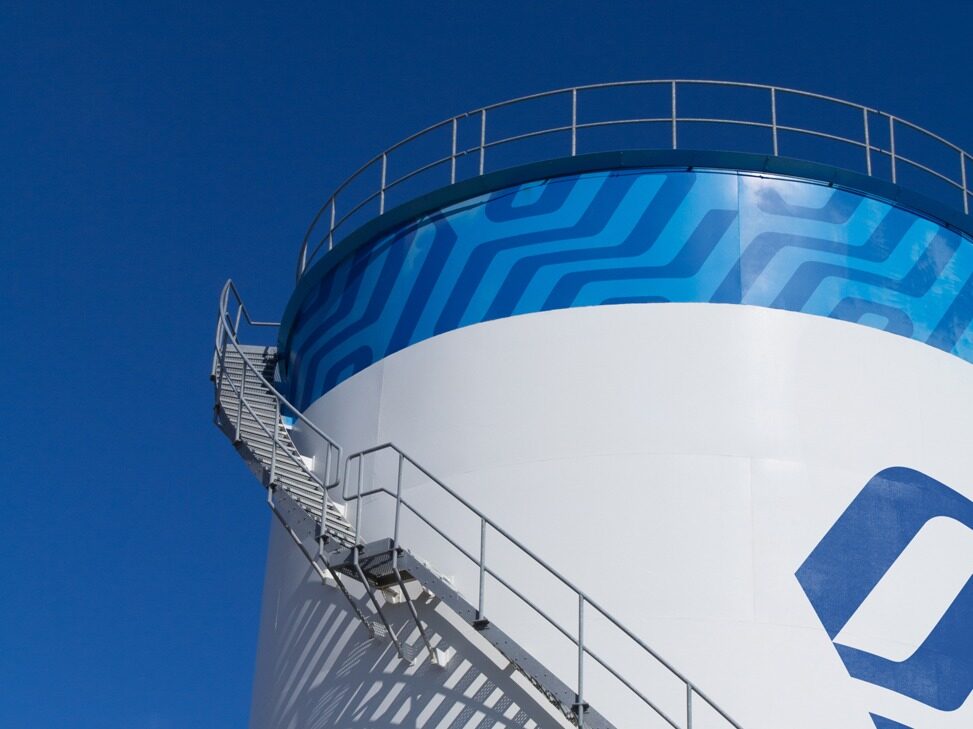- To achieve these goals, Switzerland should increase photovoltaic and wind power generation
- Covering 60% of the roof area in Switzerland with photovoltaic systems can achieve optimal economic benefits

In the context of accelerating the goal of achieving carbon neutrality, the global energy transition has witnessed rapid progress in renewable energy. Researchers from the Ecole Polytechnique Federale de Lausanne (EPFL) and the Valais Net Zero Laboratory (HES-SO Valais) at the Ecole Professionale Ecole Institut de l 'Ecole de Lausanne in Western Switzerland modeled the Swiss energy system on the condition that Switzerland could achieve carbon neutrality and energy independence by 2050. The results show that both of these assumptions can be met, while reducing energy system costs by about 30% compared to 2020.
Using currently untapped local renewable energy sources, it is theoretically possible to create a carbon-neutral independent Swiss energy system by 2050. The system is even less costly than a national energy system modeled using the same assumptions in 2020, with a cost reduction of 30-32%, the study led by EPFL and HES-SO Valais is expected to pave the way for enhanced domestic clean energy investment programs.

Although feasible in theory, the complete independence of the Swiss energy system is not merely a goal in nature. However, the 2050 carbon neutrality target is in line with the Federal Act on Climate Protection Objectives (which will be put to a vote in Switzerland in June 2023).
Nevertheless, the scientists decided to use EnergyScope, a multi-energy and multi-sector modeling framework, to push Switzerland towards becoming a fully energy independent country, theoretically guaranteeing security of supply and subsequently calculating the impact of imports and exports. The model produces cost-optimal investment scenarios that meet the needs of Swiss society (defined as households, transport and industry) and focus on the role of existing or improved infrastructure.
Researchers from the EPFL School of Engineering's Industrial Processes and Energy Systems Engineering Group (IPESE), led by Francois Marechal, have found that in order to achieve the above goals, Switzerland should increase photovoltaic and wind power generation, and that covering 60% of Switzerland's roof area with photovoltaic systems can achieve optimal economic benefits.
Jonas Schniedeger, a PhD student at EPFL and HES-SO Valais, who is the first author of the paper in Frontiers in Energy Research, explains that there is still a lot of potential for photovoltaic development in the built-up areas of Switzerland. As long as solar panels cover close to two-thirds of the roof, the best economic benefits can be achieved, and the next step is to determine which roof is best suited to develop photovoltaic potential.

As the sun is more intense in summer and the wind is stronger in winter, it is necessary to find the right balance between power generation and seasonal storage to meet Switzerland's energy needs, especially during the winter months. The study shows that solar energy production, dominated by summer, can be optimally balanced by deploying wind energy, with electricity generated in winter in conjunction with hydropower and biomass.
The study also showed the existence of a large number of equivalent solutions, and they assessed the sensitivity of the results to uncertain costs. These models reveal the interdependence of various scenarios and the impact of technology choices on other investments and infrastructure.
The researchers conclude that the main difference lies in the nature of the costs: the current Swiss energy system is largely based on (cheap) imports, rather than investment. As a result, consumers pay for and rely on the use of resources and technologies that are invested and operated outside Switzerland. In contrast, the future system we modeled is based on local investment and using our own resources, which seems to be the most economical and resilient option in the long run. Editor/Xu Shengpeng
Comment
 Praise
Praise
 Collect
Collect
 Comment
Comment
 Search
Search














Write something~